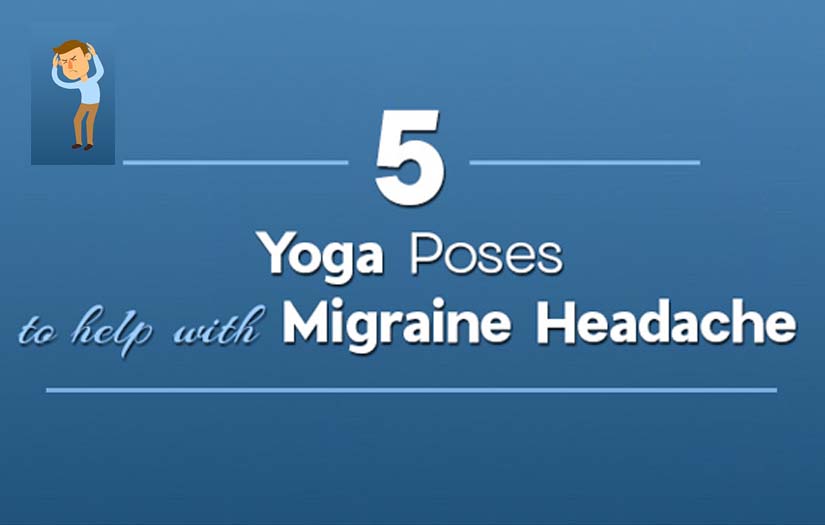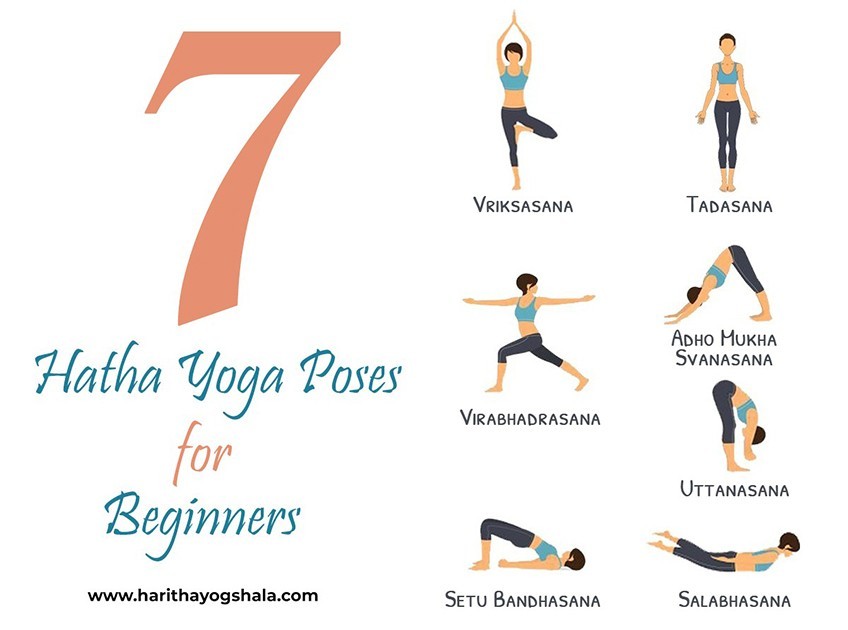
A foam roller can be used to reduce muscle soreness, improve mobility, and increase flexibility. This technique is used for breaking up tight muscle fibers and increasing blood flow to the affected area. But it is crucial to find the right foam roll for you.
Although there are many options when it comes to choosing the right foam roll, it can be confusing. Talk to a physical therapist for some guidance. They can help to choose the right foam rolling for you.
A low density foam roller is the best option for beginners. These are soft enough for you to roll around on, but are also firm enough to last you for a few years. A tough, durable foam roller will last longer.

However, the best foam roller for beginners may not be the best foam roller for you. For example, if you have sciatica or back pain, you may not be able to roll your foam roller as freely as you would like. You might have limited strength or difficulty absorbing the pressure. If this is the case, you might use a ball or a foam rolling device instead.
But a ball won't exert the same amount of pressure as a foam rolling. However, you can still use a ball to help relieve muscle pain. Some people prefer to use foam rollers made of bumpy foam for pain relief. Other people use foam rollers for massage. These rollers are less firm, and they are great for people with disabilities or those who just need more forgiving rollers.
You might choose the cheapest option if you are just starting out. A soft roller is more user-friendly and welcoming for beginners. The most common size for foam rollers is 6 inches. Some models can be shorter or have deeper grooves. These rollers can be used to target specific muscle groups and are easier on the muscles.
A textured roller may be a better choice for you if your skills are higher. Textured rollers can be used to target specific areas or isolate problem areas. Some of these rollers also mimic the hand-like pressure of a massage therapist. A roller with a three-dimensional surface is also a good option. This is because it increases blood flow and muscle relaxation.

You can also try the YOSUDA Bike, which is a compact option for beginners. It comes with a 35-pound flywheel that makes it suitable for both steady state cardio or high-intensity interval-training. This roller is also great for strengthening your balance.
TriggerPoint GRID 1.0, another option for beginners, is also available. It has a hollow center covered in EVA foam. The unique design of the roller allows it to target different muscle groups, and improve circulation. This foam roller is also very light, which makes it easy to carry around.
FAQ
How long does it take to learn yoga?
Yoga is a long-term journey that requires patience and dedication. The truth is that everyone has his/her own pace when learning new things.
It doesn’t matter how old your age is. With enough commitment and hard work, you can master any yoga routine.
Where can I find an experienced yoga teacher?
Local yoga teachers are available. If you are not able to find a local yoga studio, search online. A yoga class that offers online registration might be worth your consideration.
What are some of the health benefits that yoga has for you?
Yoga originated in India and is an ancient form of meditation. It was developed by Hindu monks over many centuries to improve mental and physical health. Many people practice yoga to relax and relieve stress. Some people believe that yoga improves strength and flexibility.
Yoga improves balance, coordination, and is a great exercise option for seniors who want to keep active. It can help you avoid injuries due to falls or other causes.
Yoga strengthens your cardiovascular system, which is why it's good for your heart. This is beneficial if you are obese, have high cholesterol, or have diabetes.
Yoga is also known to reduce stress, anxiety, depression and insomnia. Chronic pain can often result from these conditions, so yoga practice may prove especially helpful for people with arthritis or fibromyalgia.
As you age your muscles lose elasticity. Yoga keeps your muscles flexible, strong and flexible. Yoga will give you more energy, stamina, and strength as you get older.
According to The National Institute on Aging yoga regularly has been shown in studies to reduce symptoms of depression like fatigue and feelings of hopelessness. According to the Institute, yoga can reduce cholesterol and increase bone mass.
Yoga can also help with headaches and back pain. Yoga's slow pace, gentle movements and effectiveness in relieving muscle spasms can be attributed to its effectiveness for strains and muscular spasms.
Statistics
- According to the Agency for Healthcare Research and Quality, falls are incredibly common among older adults in nursing facilities. Even the simplest ones can increase the risk of death (24). (healthline.com)
- The American Psychological Association recently shared that 84% of American adults feel the impact of prolonged stress (5). (healthline.com)
- Lock in 25% off your Founding Member rate. (corepoweryoga.com)
- According to calorie estimates calculated at Harvard Medical School, the average 125-pound person burns about 120 calories in a half hour of hatha yoga, and a 185-pound person burns about 178 calories in that half hour. (everydayhealth.com)
- Gentle yoga has been shown to ease some of the discomforts of tender, swollen joints for people with arthritis, according to a Johns Hopkins review of 11 recent studies. (hopkinsmedicine.org)
External Links
How To
Where is the best spot to practice yoga?
There are no wrong or right ways to practice yoga. Every person is different. You just need to identify which positions are most comfortable.
These are some of the most common positions:
Standing poses – Standing poses are perfect for beginners. They allow you to focus more on your breathing.
Forward bends - These are useful for opening up tight areas. They can be used while lying down or sitting.
Backbends - Backbends are generally considered advanced poses. If you want to try one, you should seek advice from your instructor.
Inversions: Inversions are poses where you balance on your side. This is a challenging but rewarding type of yoga.